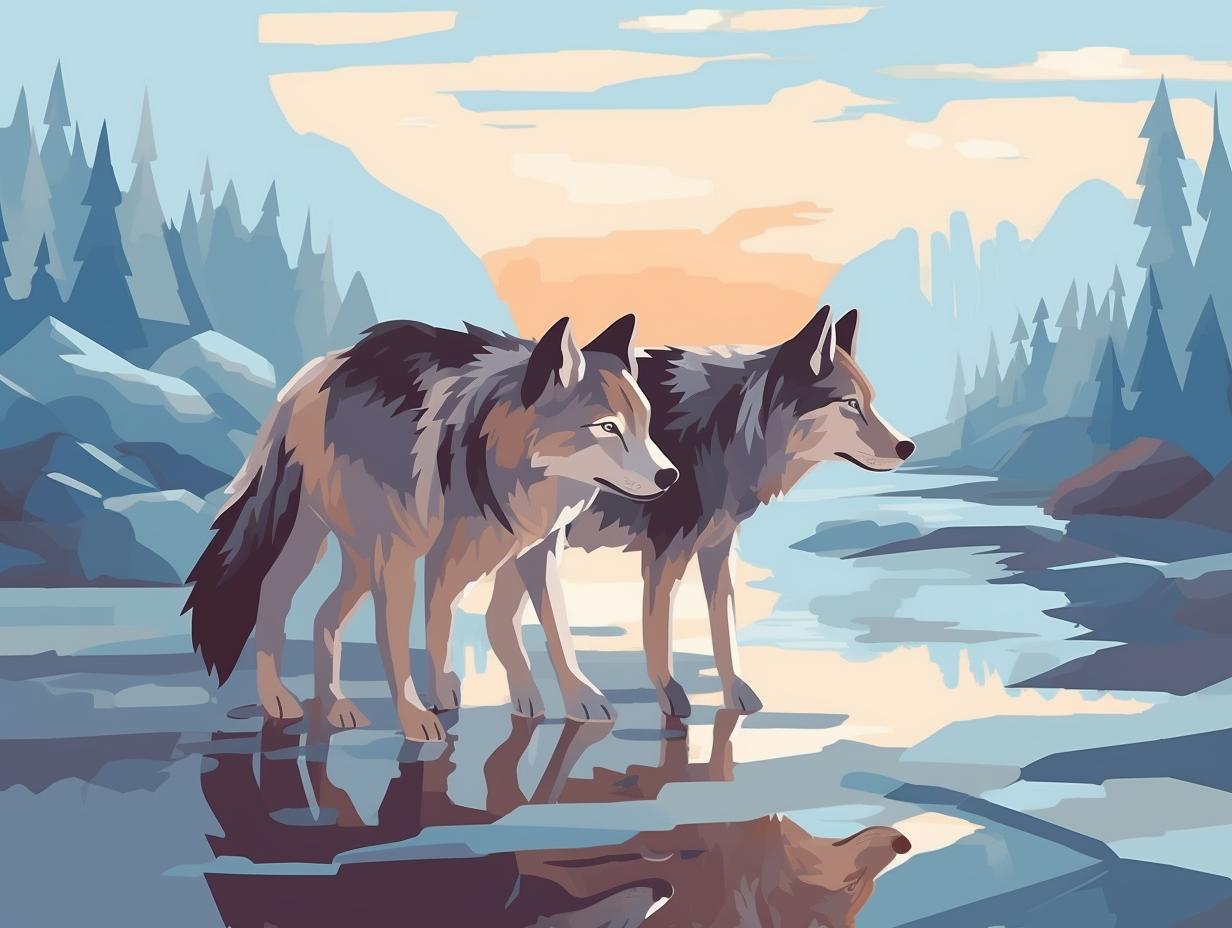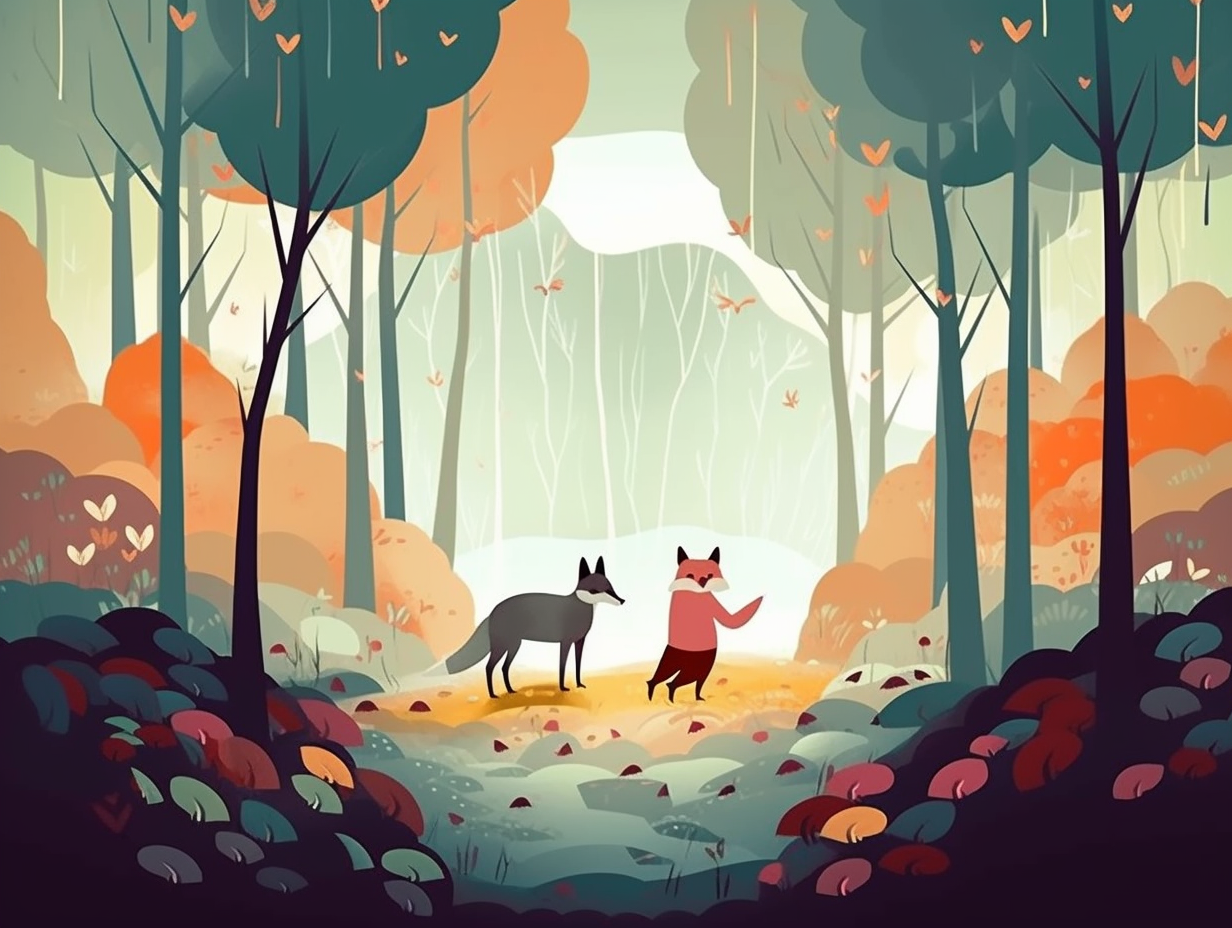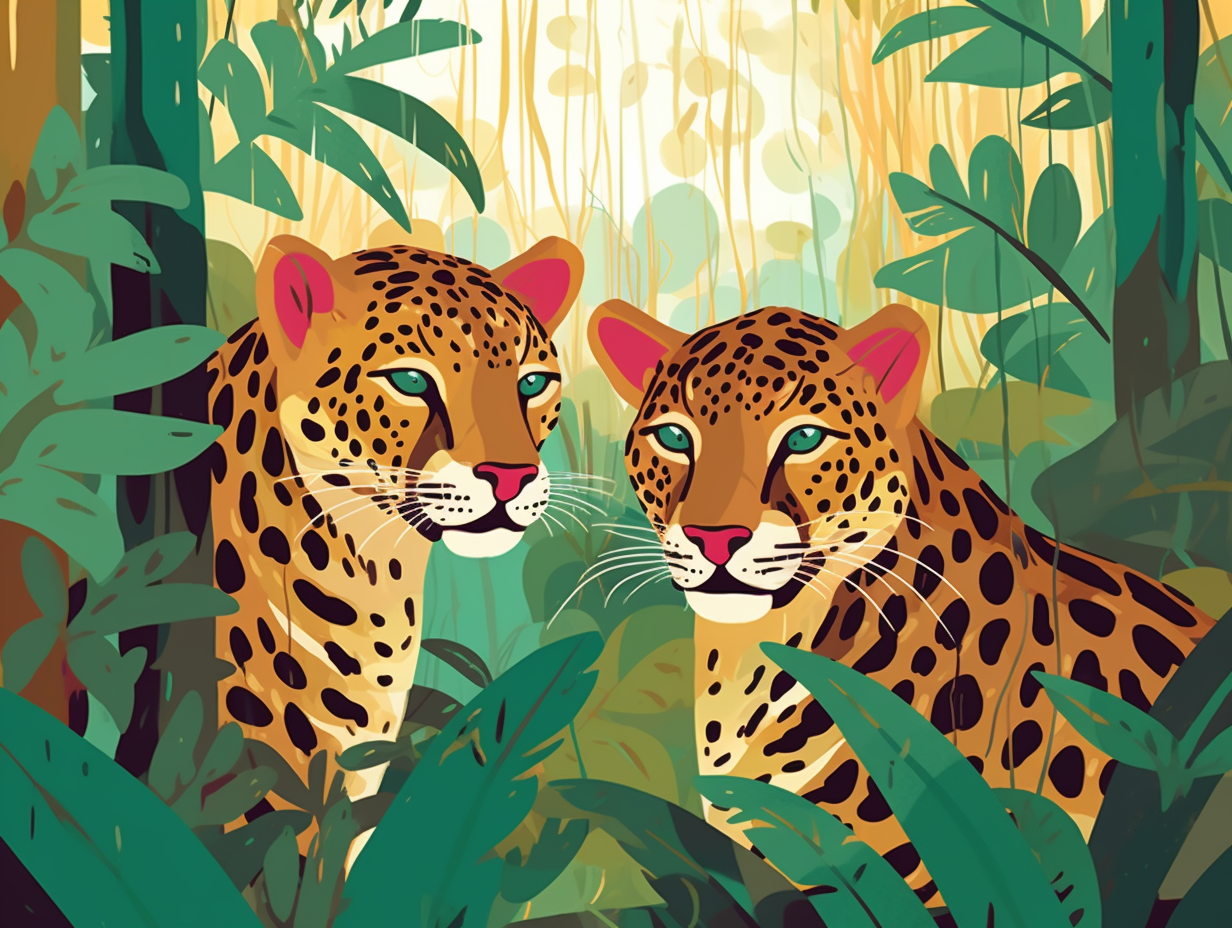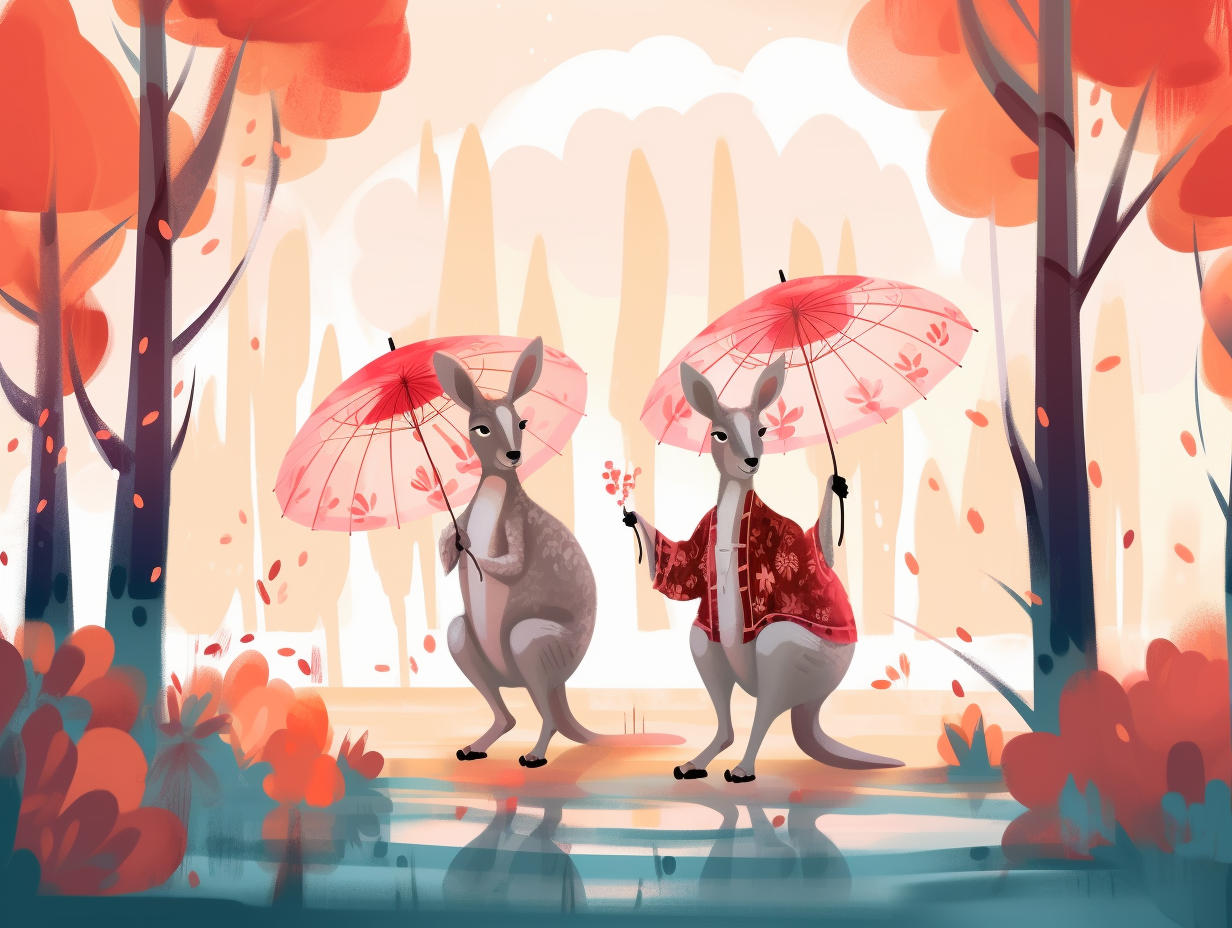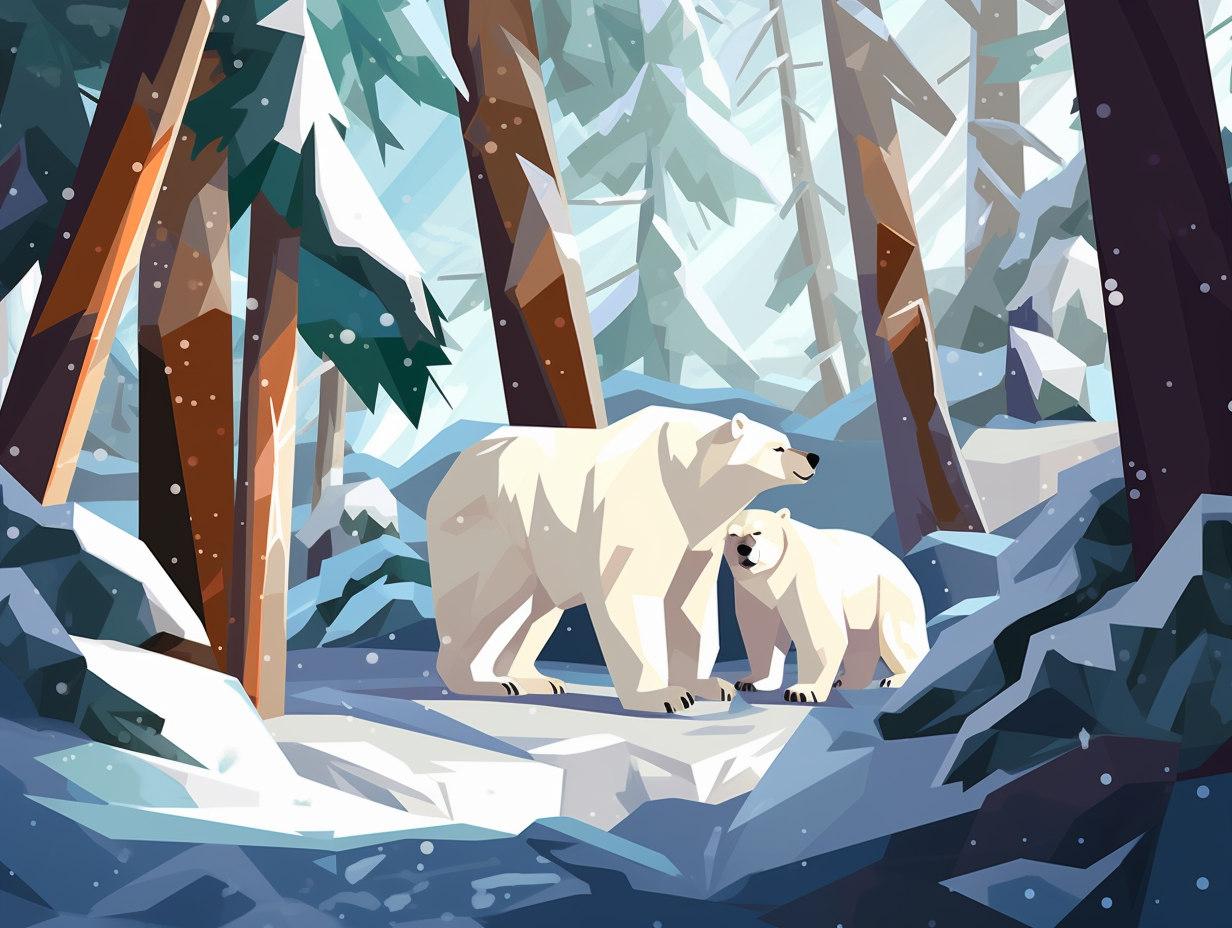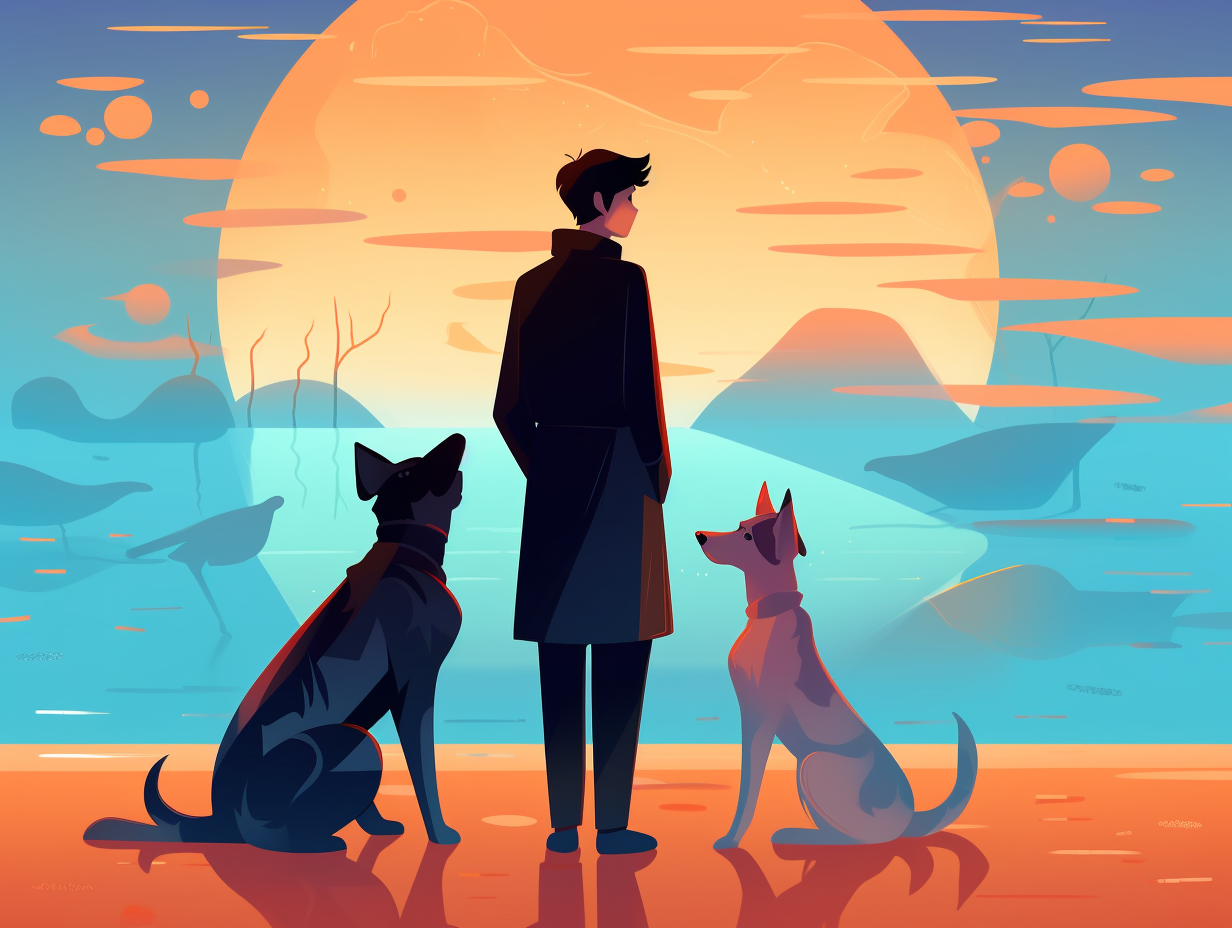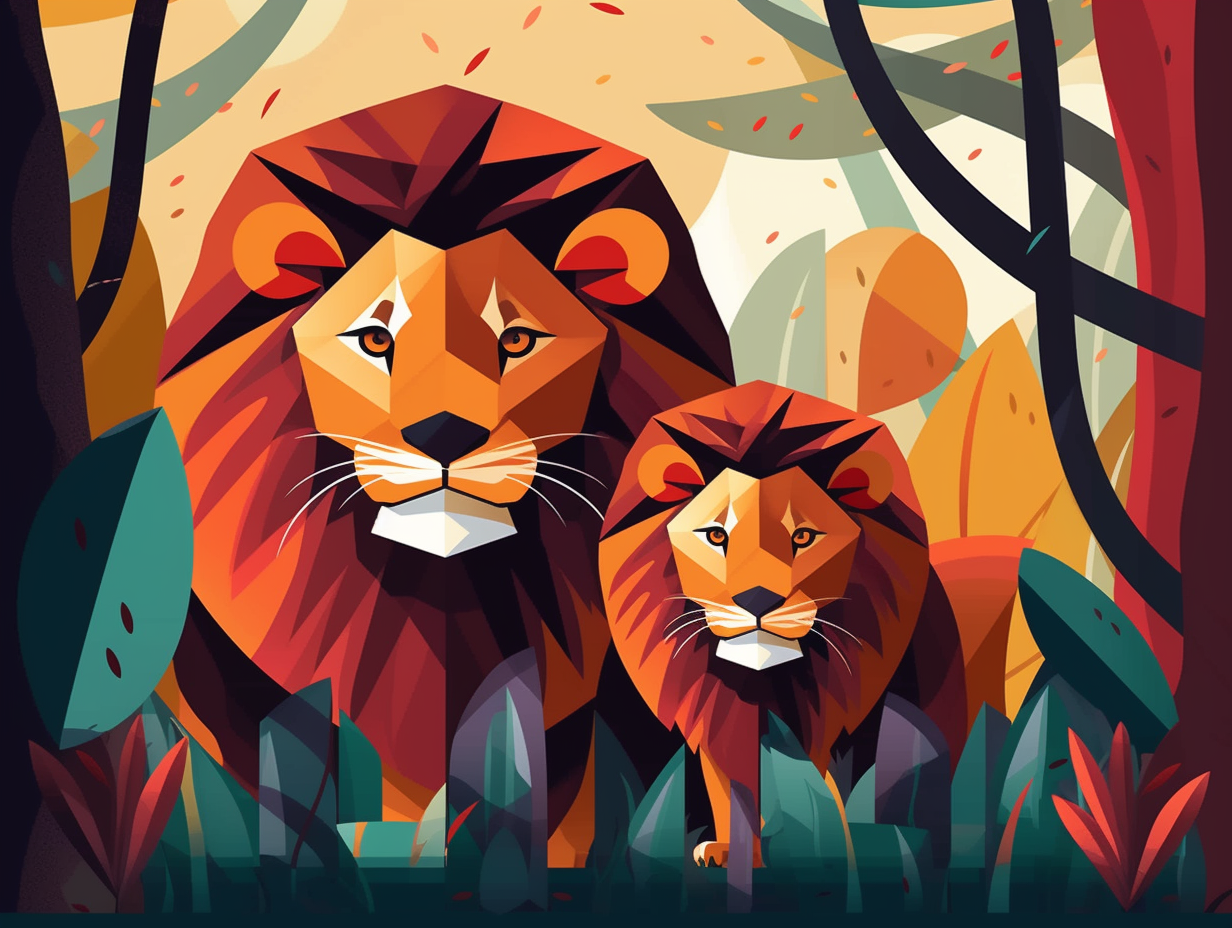Discover the Wild World of Red Wolves: Top 8 Amazing and Intriguing Fun Facts!
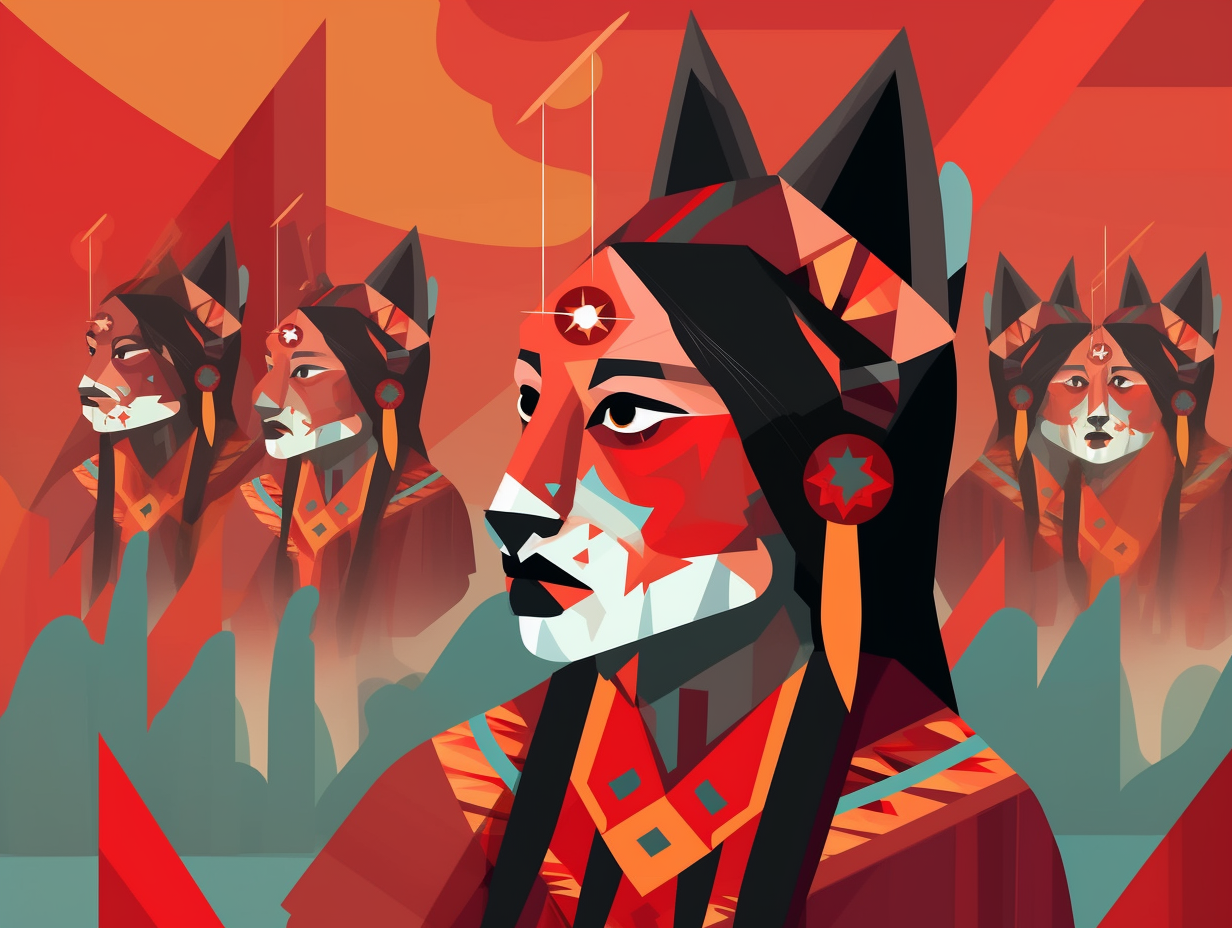
1. Chatterbox Canids
Whoever said, "you had me at hello" obviously never met a red wolf: These furry chatterboxes communicate with their pack through a medley of growls, barks, whines, and yips, and even have a signature "greeting ceremony" where they howl and greet each other after some time apart. It's no mere social pleasantry, though; their varied vocal stylings play a crucial role in coordinating hunts and defending their territory.
Source => fws.gov
2. Fashion-Forward Fur
If fashion designers took a cue from red wolves, red-carpet events would be a haute hodgepodge of cinnamon brown and dark gray shades with all-black accessories: These stylish canids sport fur coats that vary from cinnamon hues to charcoal gray, complete with black-tipped tails and ears – a fashion statement that doubles as camouflage in their southeastern U.S. swamps and forests habitat.
Source => newweb.altoona.k12.wi.us
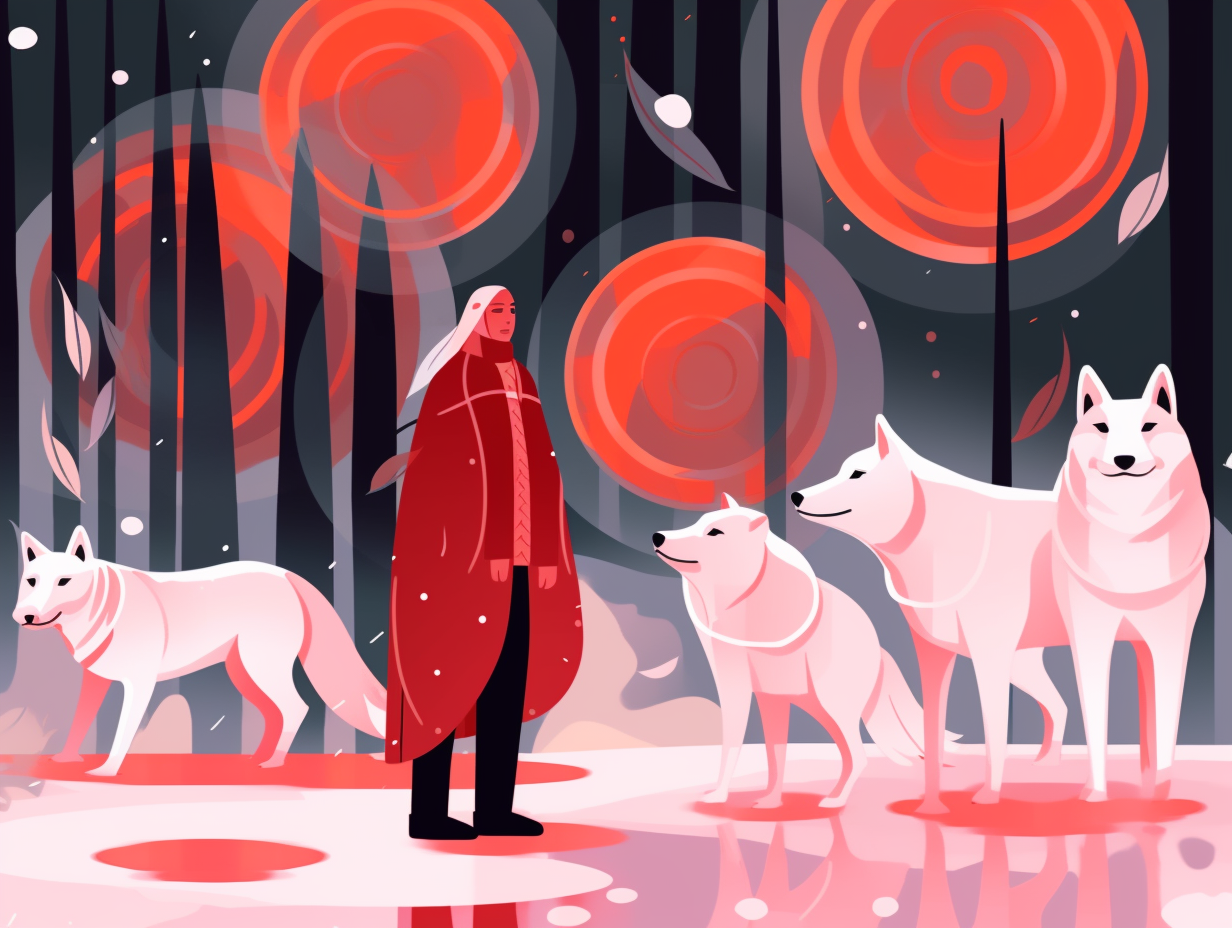
Did you know wolves are actually incredibly social animals, forming strong emotional bonds within their packs, and relying on teamwork for survival? Discover how these furry family therapists debunk the "lone wolf" myth!
=> Fun Facts about Wolves
3. Masters of Canine-Communication
Step aside, Shakespeare, these red wolves are masters of "canine-communication" too: They employ a blend of body language, scent marking, and vocalizations—including howls, barks, growls, and yaps—to effectively converse with their pack members, with their howls being longer and lower-pitched than those of coyotes.
Source => nwf.org
4. Long-Distance Howlers
When you absolutely, positively have to talk to your pack members from a mile away, accept no substitutes: red wolves boast an impressive range of vocalizations, from howls to growls and everything in between, reaching a mile in distance while remaining deeper and longer than your average coyote call.
Source => nwf.org
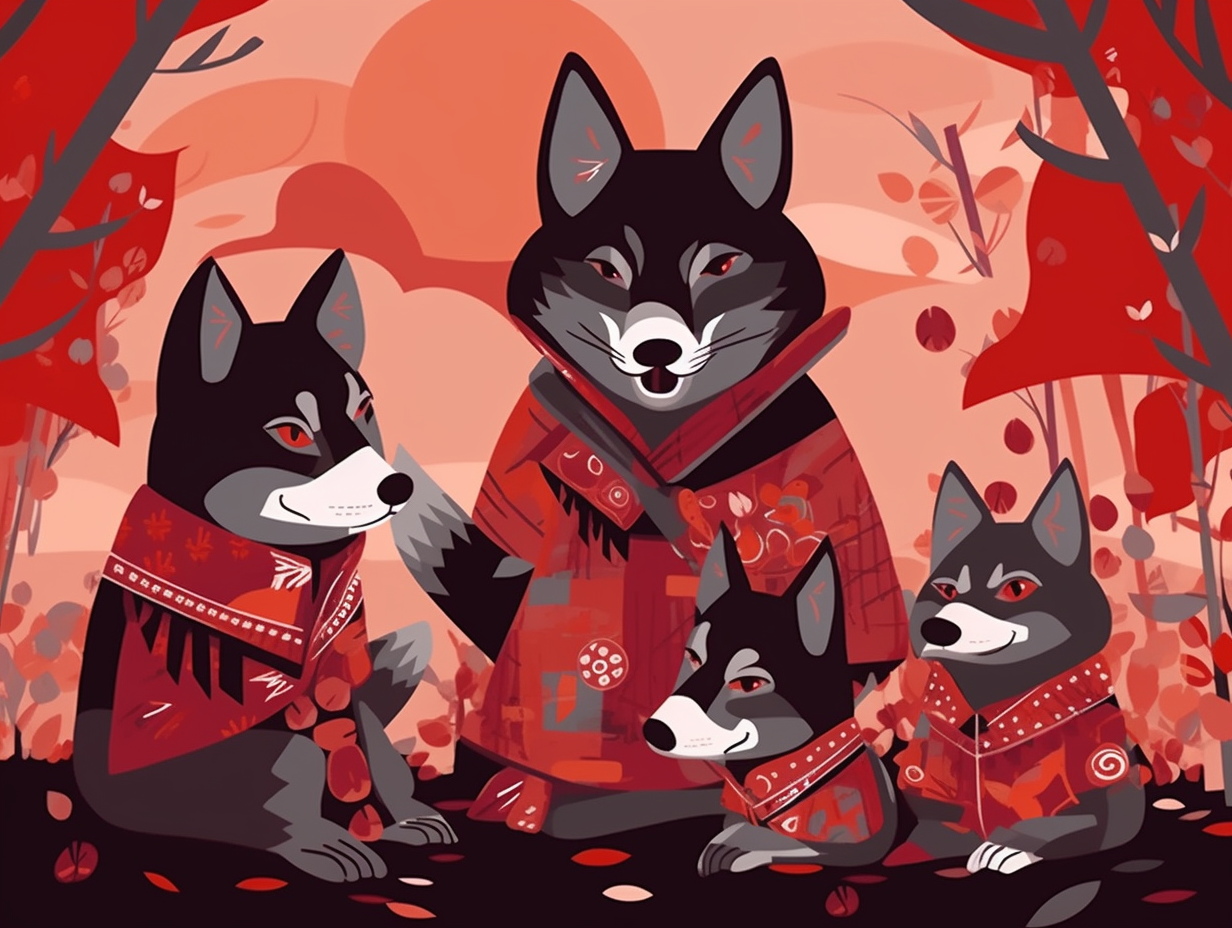
5. Size Matters for Mating
When red wolves and coyotes "swipe right" on each other, size does matter: Red wolves prefer mates their own size, which helps maintain their home ranges and dietary needs, and is essential for red wolf conservation.
Source => ncbi.nlm.nih.gov
6. Lone Ranger Hunters
Not wanting to wolf down their prey in packs, the lone rangers of the lupine world prefer a more varied buffet line: red wolves are adept at hunting various prey like nutria, rabbit, rice rat, muskrat, raccoon, fox squirrels, American coot, and other birds and small mammals, often hunting solo or in small clusters of two or three.
Source => encyclopedia.com
7. Committed Power Couples
Forget celebrity power couples, red wolves are the true masters of commitment, turning heads as they strut down the forest with their unbreakable bonds: Red wolves form lifelong, monogamous relationships and both doting parents unite to raise their young, a testament to love and teamwork in the wild, despite the challenges of habitat loss and human meddling.
Source => washingtonpost.com
8. Happy Parenting No Inbreeding
Forget "happily ever after": red wolves have truly mastered the art of relationship goals and stay-at-home parenting: These monogamous lovebirds not only share the tasks of raising their pups, but also maintain healthy, inbreeding-free families by forming breeding pairs with completely unrelated individuals.
Source => en.wikipedia.org
Related Fun Facts

